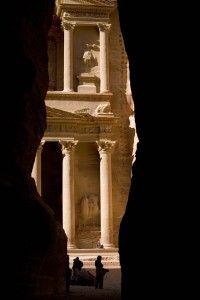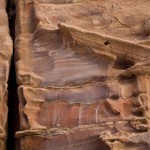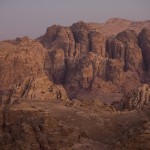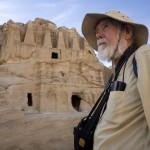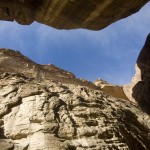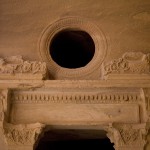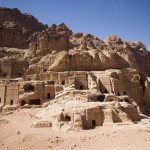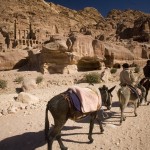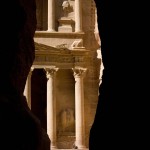Photo feature by Dave Bartruff
Millennia ago out in the sands of the Arabian desert on the routes of ancient camel caravans, the fabled city of Petra was sculpted masterfully from the natural rose red sandstone formations and gorges of the vast wilderness.
Its builders were the Nabataeans, once desert nomads who ceased their wanderings. Petra was their capital from the 4th century B.C. until the Roman occupation beginning in AD 106. It became a religious center and an early seat of Christianity until the Muslim conquest in the 7th Century. Petra was reopened again for exploration again during the Crusades five centuries later.
By the 1500s, however, it was completely lost to the outside world and remained so for 300 years. Then in 1812, a young Swiss explorer robed as an Arab and fluent in the language, pursued local bedouin tribesmen to lead him to the site of the lost city which he longed to see.
Although he died just five years later, he had reawakened the world to the ancient wonder of the Lost Rose Red City. Today Petra is a UNESCO World Heritage site and known to movie goers worldwide from the film, Indiana Jones and the Last Crusade. And just forty miles away are the sands of the Wadi Rum of Lawrence of Arabia film fame. Highlight of one’s own Petra discovery experience is as you approach on foot through a narrow nearly mile-long chasm called a siq. The deep narrow gorge with its six-story high walls ends dramatically to reveal Petra’s most treasured monument, the Treasury or El Khazneh . Exquisitely carved in the 1st Century B.C. it was crafted for a Nabataean king and in classical Hellenistic style.
A vast city of sculpted monasteries, royal tombs, cave dwellings, Roman-style colonnaded streets and amphitheater are all awaiting for your discovery on foot or on camel back in legendary “lost and found” Petra.
- Weathered by wind and water, Petra’s rose-red wonder revealed
- Rose-pink Petra landscape at dawn
- Adventurer at Obelisk Tombs
- Dramatic view skyward from floor of narrow siq gorge
- Kaffiyeh- adorned overseas explorer
- Exquisitely sculpted interior of The Treasury
- A village-like collection of tombs
- Camel rider and mounts with Royal Tombs distant
- Donkeys and riders with Royal Tombs distant
- Jordanian at ease with water pipe
- Welcome respite for Petra explorers
- Iconic view of famed Treasury from mouth of siq
- Petra camels at rest
- Ancient caves still occupied as homes

